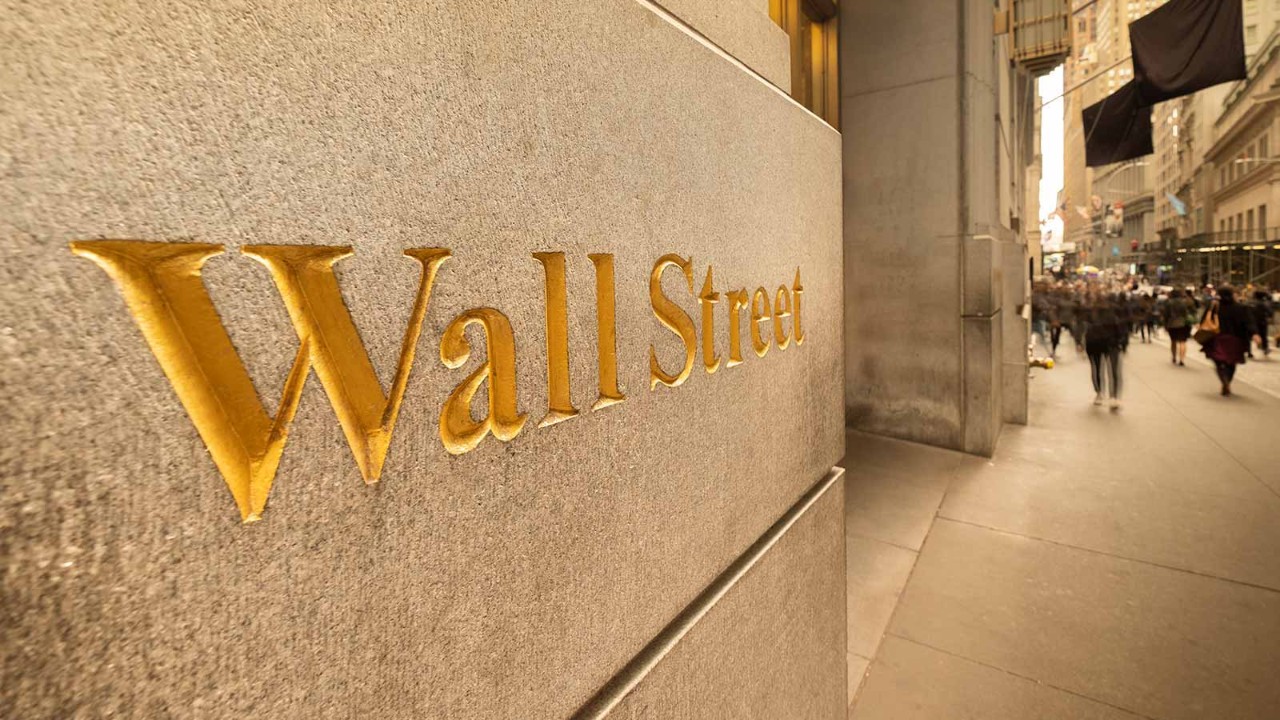
Predictions of economic gloom for the US have become common. A recent survey of professional forecasters by the Philadelphia Federal Reserve Bank showed a higher proportion of economists are expecting a recession over the next 12 months than any time since the survey began in 1968.
Stock investors have spent much of 2022 reflecting a sombre outlook and, despite various bounces, the S&P 500 is nearly 20% down for the year, as of 19 December. Finally, the premium on a two-year US Treasury bond over the 10-year version has hit its highest levels since 1981 – a popular sign of economic pessimism among bond traders.
It’s an ill-starred combination that has led Bob Schwartz of Oxford Economics to dub this ‘the most unloved economy’.
But despite the bleak predictions, the US economy continues to show considerable resilience. Real gross domestic product is on track to end 2022 on a strong note, with the Atlanta Fed’s GDP Now measure forecasting 2.8% annualised growth in the final three months of the year. That would follow two quarters in a row of declining output in the first half of 2022.
Further increases in rates and market anxiety look set to drive the cost of capital even higher for many companies
Slump ahead?
So having watched the US economy flirt with recession for much of 2022, the big questions for business executives, especially CFOs, will be whether the US can avoid a contraction in 2023, and if not, how deep the downturn will be.
Central to the answer will be the outlook for inflation, which in turn will determine how soon the Federal Reserve will feel able to take its foot off the economic brake by ending rate rises. 2022 concluded with positive news on the inflation front. The core consumer price index, which excludes volatile food and energy prices to give a better picture of underlying inflation, rose just 0.2% month on month in November – the slowest pace in over a year.
The broader measure of price increases slowed to an annual rate of 7.1%, the lowest since December 2021, and down from a peak of 9.1% in June. That followed a reassuringly tame index figure for October. The trend is evidence that distortions caused by the Covid-19 pandemic, such as supply chain disruptions and a surge in demand for goods, continue to abate. There has also been evidence in business survey data that manufacturing companies are starting to feel the benefit: a measure of prices paid by these sectors fell to their lowest level in over two years in October.
Pay surge
Sadly, it seems too early to declare victory in the battle against inflation, as the Federal Reserve made clear in its last policy meeting of the year. The central bank’s main concern appears to be wage growth, which Fed chair Jerome Powell described as ‘elevated’. The three-month moving average of wage growth to November was 6.4%, according to the Atlanta Fed, up from a 3–4% range between 2016 and 2021. ‘Workers are still in the driver’s seat,’ Schwartz wrote in a recent research paper. If pay rises of such magnitude persist, it will be impossible for the Fed to bring inflation back to its 2% target in coming years.
This is a direct problem for businesses in the service sector, where wage growth has been strongest. Over the past three months, wages in service industries jumped by a 6.2% annual rate compared with 4.4% in the goods sector, according to an analysis by Oxford Economics based on government data. But it is also a problem for businesses more broadly since it raises the chances that the Fed will hike rates further than previously expected, raising the cost of borrowing for businesses and exerting a dampening effect on the stock market.
This was indeed the message from Powell following the December policy meeting. He warned that the central bank still had ‘some ways to go’ before ending the rate tightening cycle. He added that the US appears to be suffering from a ‘structural shortage’ of workers. Since wage growth is unlikely to be suppressed by an influx of new workers, he implied, the Fed will have to raise rates higher than previously thought to suppress recruitment.
Rate rise
More ominous for businesses and investors, there appears a near consensus among the 19 top Fed officials who shape monetary policy that the Fed funds rate, the benchmark interest rate, will need to rise above 5%, up from a range of 4.25% to 4.5% at present. The median forecast among these officials was that rates will peak around 5.1% – higher than the roughly 4.85% implied by the futures markets ahead of the meeting.
There are also signs that US consumers are feeling the strain. Retail sales registered the largest decline in 11 months in November, a sign that high prices are eroding shoppers’ purchasing power. Credit card debt rose by 15% in the year to the third quarter, according to the New York Fed, the biggest rise in more than 20 years. That raises concerns that recent levels of consumer spending are unsustainable.
here is a silver lining. There is not yet any reason to expect a deep or severe recession
The bottom line for businesses looking ahead to 2023 is mixed. On the one hand, further increases in rates and market anxiety look set to drive the cost of capital even higher for many companies, with chilling effects on business investment. Businesses are also likely to face weaker consumer spending.
But there is a silver lining. There is not yet any reason to expect a deep or severe recession. Most workers do not fear losing their jobs, so radical belt-tightening probably won’t be needed for many. The Fed still forecasts a near-stagnant economy, with growth of 0.5% in 2023, rather than recession.
As Powell observed, ‘there are too many areas of the economy that are performing well’ to get too gloomy.
More information
Hear what leading economists said about the global economic outlook at this year’s Accounting for the Future conference.
Read the AB articles ‘Return of the bond vigilante’ and ‘Can the eurozone head off a recession?’


